Some fish are a wonderful addition to the aquarium while others give you the worst experience to keep them in your tank. If we talk about bottom feeder fish, there is a mixed review found by the expert aquarists. Today’s article is going to be an interesting one because we are talking comprehensively about the Bottom Feeders.
What are bottom feeders fish?
As the name suggests, bottom-feeders fish are those that spend most of their time near the bottom of the tank or aquarium. They are often seen picking at food that has sunk to the bottom scavenging for bits of debris.
There is a wide variety of bottom feeder fish available, each with its unique appearance and personality. While some bottom feeders are peaceful and make good tank mates for other fish, others can be aggressive and territorial. It is important to do your research before adding any fish to your tank to make sure they will get along.
What are the peculiar features of bottom feeders?
- Bottom feeders have a few distinct physical features that help them survive in their environment. They often have large mouths and prefer to eat small prey.
- Their intestines are typically shorter than other fish, which helps them digest food quickly.
- They also have special barbels around their mouths that help them locate food in the dark or murky water.
- Some bottom feeders, such as Plecos, have sucker mouths that allow them to attach themselves to rocks or other surfaces while they search for food.
- Many bottom feeder fish have long, slender bodies that allow them to swim through tight spaces and reach food that other fish cannot.
Now come onto the point, if you are an aquarist and want to keep bottom feeders in your aquarium, what should be the advantages of bottom feeders.
Advantages of bottom feeders fish in aquarium
- Bottom feeders are often used as “clean-up crews” in aquariums because they help keep the tank clean by eating leftover food and debris.
- They are also helpful in controlling algae growth. Some bottom feeders, such as catfish, suck on the glass of the aquarium which helps remove algae build-up.
- Adding a bottom feeder to your aquarium can help create a healthy environment for all your fish because they eat all the algae from the bottom.
- Bottom feeders can also add interest and variety to your aquarium with their unique shapes and colors.
- Bottom feeders are not very demanding when it comes to water conditions. They can tolerate a wide range of pH levels and do not need a strong filtration.
- Bottom feeders do best in tanks that have plenty of hiding spots and caves. This will help them feel secure and reduce stress levels.
Type of food that bottom feeders eat
Bottom feeders are omnivores, which means they eat both plants and animals. In the wild, their diet consists of small invertebrates, algae, and detritus. In captivity, they should be fed a variety of foods to ensure they are getting all the nutrients they need.
There are many different types of food available for bottom feeders. pellets, flakes, and granules are all common options. Some bottom feeders also enjoy live or frozen foods such as brine shrimp or bloodworms. It is important to offer a variety of foods to your bottom feeder to make sure they are getting all the nutrients they need.
Now let’s discuss the different feed strategies that you can adopt for bottom feeders.
Different feeding strategies for bottom feeders
While bottom feeders are not picky eaters, there are still a few things to keep in mind when feeding them. For one, bottom feeders tend to have a slower metabolism than other fish, so they do not need to be fed as often. It is generally recommended to feed them once or twice a week.
Another thing to keep in mind is that the bottom feeders are not very good at competing for food. This means that if you have other fish in the tank, you will need to make sure they are getting enough to eat before the bottom feeders. One way to do this is by feeding the other fish first and then giving the bottom feeders whatever is leftover.
Finally, it is important to remember that the bottom feeders are scavengers by nature. This means that they will often eat anything they can find, including live plants. If you have live plants in your aquarium, you may want to consider giving the bottom feeders their separate areas to prevent them from destroying your plants.
Top 5 bottom feeders
Now moving forward into this article and talk about the top 5 bottom feeders that seem to be fit for your aquarium.
1. Plecostomus or plecos
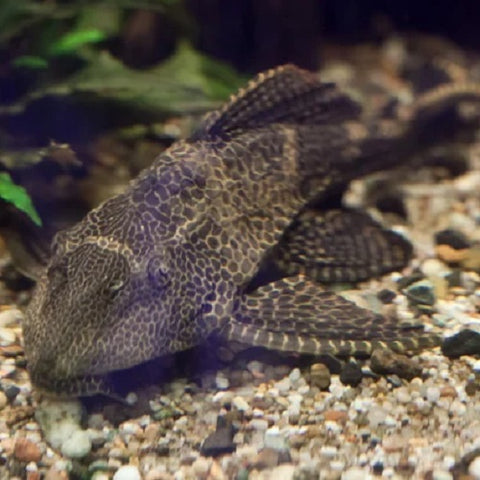
2. Corydoras Catfish
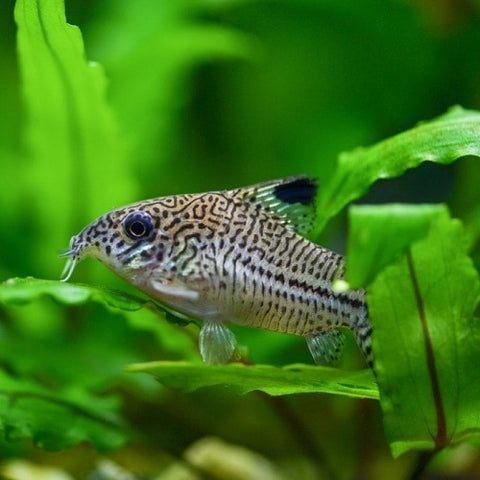
3. Otocinclus Catfish
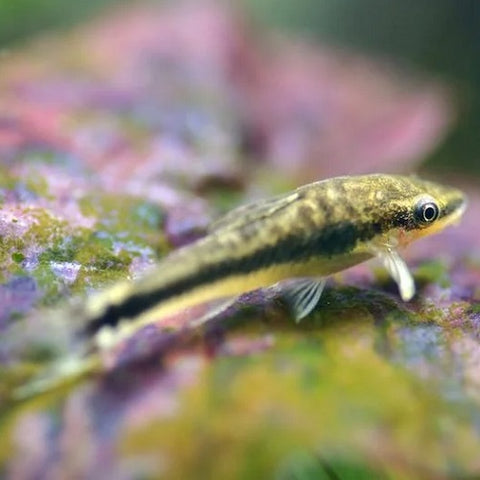
4. Kuhli Loaches
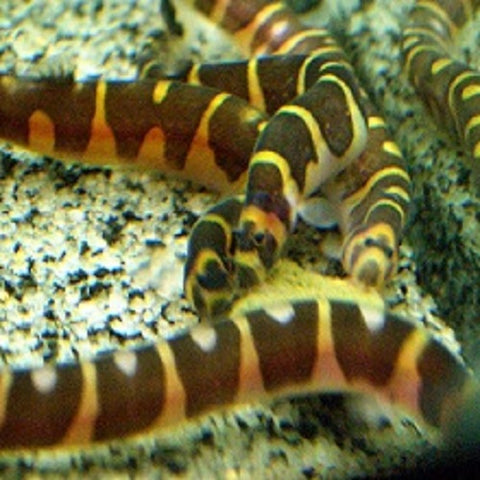
Kuhli loaches are an interesting addition to any aquarium as they have a unique appearance. These worm-like fish burrow into the substrate at the bottom of the tank in search of food. Kuhli loaches do best in groups and make an excellent addition to any community tank. Not only they will help to keep your tank clean, but their intriguing worm-like bodies will also add some extra interest and variety to your aquarium.
5. Snails
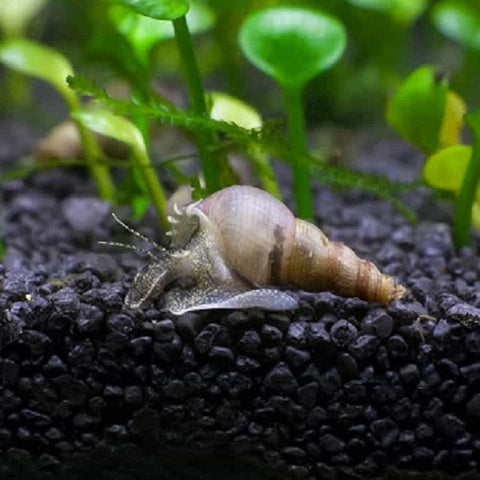
Snails is not everyone's cup of tea. Snails can be quite helpful in keeping your aquarium clean. They consume algae and leftover food, helping to keep your tank tidy. Snails also help aerate the substrate and can even add a bit of extra interest to your aquarium with their unique shells and patterns.

